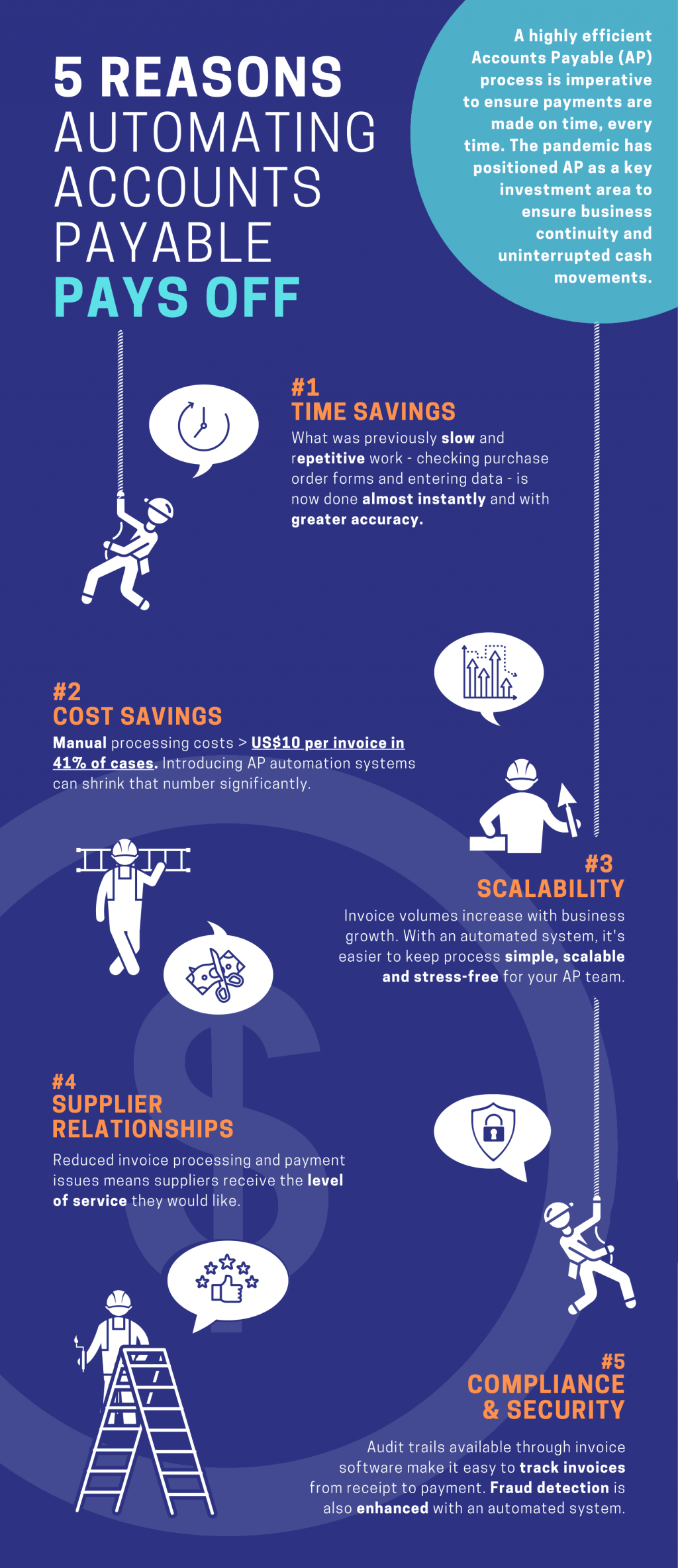Accounts receivable and accounts payable are the two important segments of any business. It helps in maintaining the revenues and expenses in a healthy equilibrium. It also helps in creating a smooth way to manage growth opportunities, customer satisfaction, and supplier management.
To initiate an understanding between the two, it is necessary to understand the importance of accounts payable and receivable and understand their role in the accounting of any business.
What are Accounts Receivable?
Accounts receivable are the funds owed to a company by its customers. Receivables are created to track and manage the sales of any business. The value of accounts receivable is listed on the balance sheet as current assets and involves invoices that any customer owes for products sold to them.
What are Accounts Payable?
Accounts payable are the amounts that a company owes to suppliers and other creditors for the items purchased and invoiced for. Accounts payable are recorded upon receipt of an invoice based on the payment terms both parties agreed to initiate the transaction.
Accounts Receivable vs. Accounts Payable- Key difference
The accounts receivable and accounts payable are compared as part of a liquidity analysis that helps in validating the funds from receivables to manage the accounts payable. Some of the key differences between accounts receivable and accounts payable are as follows:
Basis of difference
Meaning:
Accounts Receivable: This is the amount that a client owes to the company.
Accounts Payable: This is the amount a company owes to its suppliers.
Position:
Accounts Receivable: It signifies the current assets in the balance sheet.
Accounts Payable: It signifies the current liabilities in the balance sheet.
Offset:
Accounts Receivable: This can be offset with the clearance of doubtful debts.
Accounts Payable: This includes no offset.
Cashflow:
Accounts Receivable: This Involves an Inflow of cash.
Accounts Payable: This involves the outflow of cash.
Responsibility:
Accounts Receivable: Responsibility lies with the debtors.
Accounts Payable: The whole sole responsibility lies with the business.
Bottom Line
The accounts receivable and accounts payable are two sides of the same coin. They are necessary to maintain the cash flow of any business.
So, I hope you get a clear understanding of accounts receivable and accounts payable and their key differences. If you are looking forward to making these processes more aligned and effective you can go with more advanced integrations with SAP Business One and other useful tools like QuickBooks, Sage 100 and more.

























